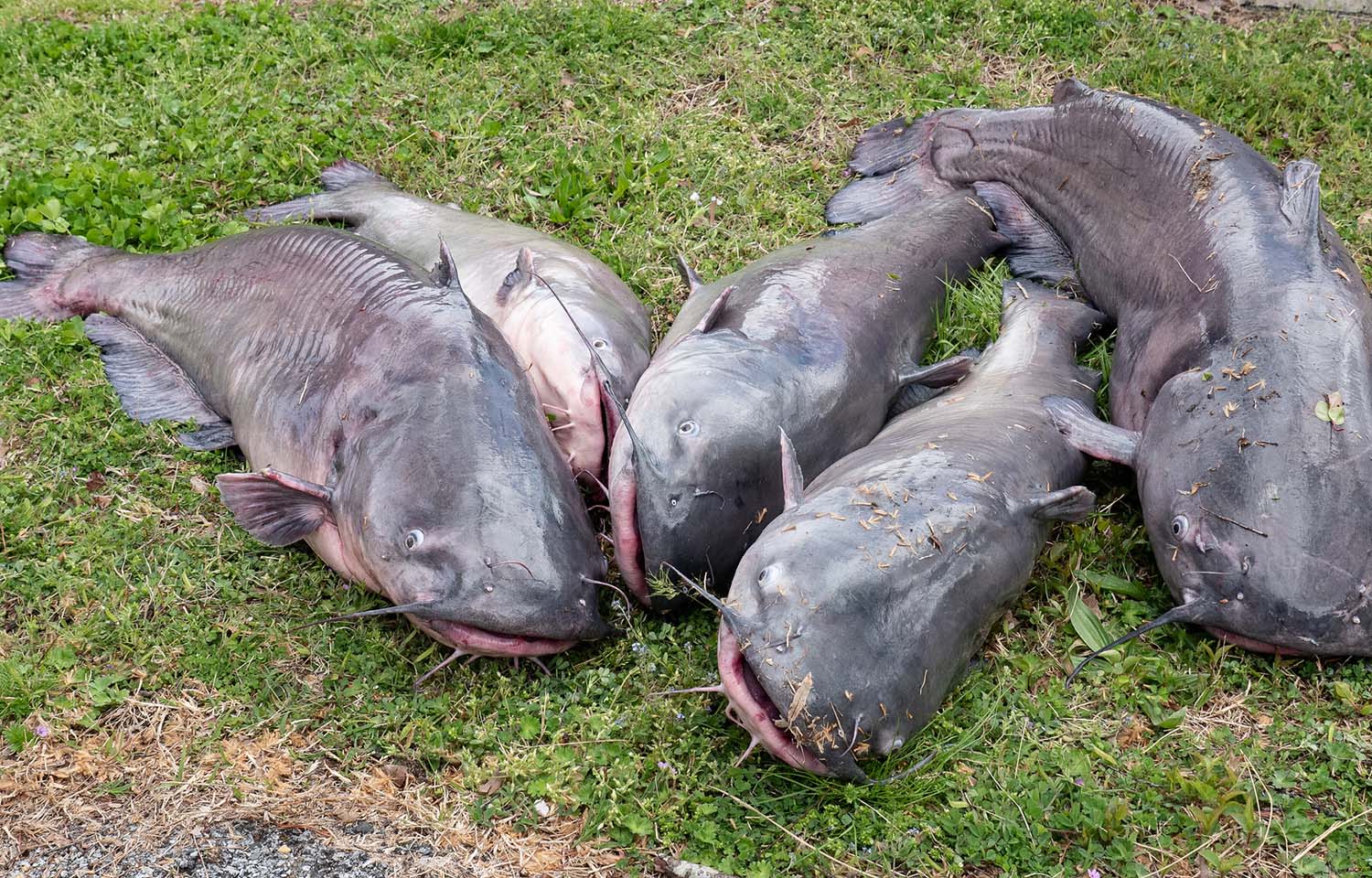The government of the U.S. state of Maryland has vowed to continue its fight against invasive catfish and snakehead in the Chesapeake Bay watershed after NOAA Fisheries denied its request for a federal fishery disaster declaration in December 2023.
Maryland Governor Wes Moore submitted the request in March 2023 as his state has struggled to contain an exploding population of invasive blue catfish, which was first introduced to the bay to create a recreational fishery in the 1970s. In the decades since, the catfish population has surged out of control, with local officials concerned they are out-competing and replacing native commercial fish species.
“We are beginning to see disturbing trends in both our commercial fishery landings and our survey data,” Moore said. “Since 2012, landings of seven of Maryland’s marquee commercial fishery species which share habitat with invasive fishes at some point in their life cycle have declined between 27 percent and 91 percent.”
At the same time, catfish and snakehead harvests have surged.
“This is a critical first step in addressing the significant problem of invasive catfish and snakeheads in Chesapeake Bay,” Chesapeake Bay Foundation Maryland Senior Fisheries Scientist Allison Colden said in a statement supporting the request. “Federal support would help implement key programs to target harvest of blue catfish and other invasive species to mitigate their ecological damage, while supporting Maryland watermen who have been most affected by negative impacts on native fish species.”
However, NOAA Fisheries determined 12 December that blue catfish have not had a big enough impact on Maryland’s commercial fishery revenues to qualify it for fisheries disaster relief. In a letter, U.S. Commerce Secretary Gina Raimondo assured Maryland officials that the federal government recognized the issue and would discuss future opportunities to collaborate with the state.
“We’re disappointed in the decision, but also understand the ruling due to the limits of federal law surrounding fisheries disasters,” Maryland Department of Natural Resources Secretary Josh Kurtz said in a statement. “We will continue to work with our federal partners to determine what form of federal assistance can help us mitigate the continued and pervasive spread of blue catfish and other invasive species impacting commercial fisheries in the Bay. However, this was just one of several efforts underway to tackle this issue. Maryland is taking proactive steps on its own to limit the spread of blue catfish and other invasive species.”
The Maryland DNR hired a program manager in November to coordinate state-wide efforts to reduce invasive fish populations in the state. The department has also increased catfish research and monitoring programs and encouraged anglers to increase catfish harvests. The Maryland Department of Agriculture has set aside more than USD 1 million (EUR 913,000) to purchase Maryland-caught blue catfish for food banks.
Photo courtesy of the Maryland Department of Natural Resources







